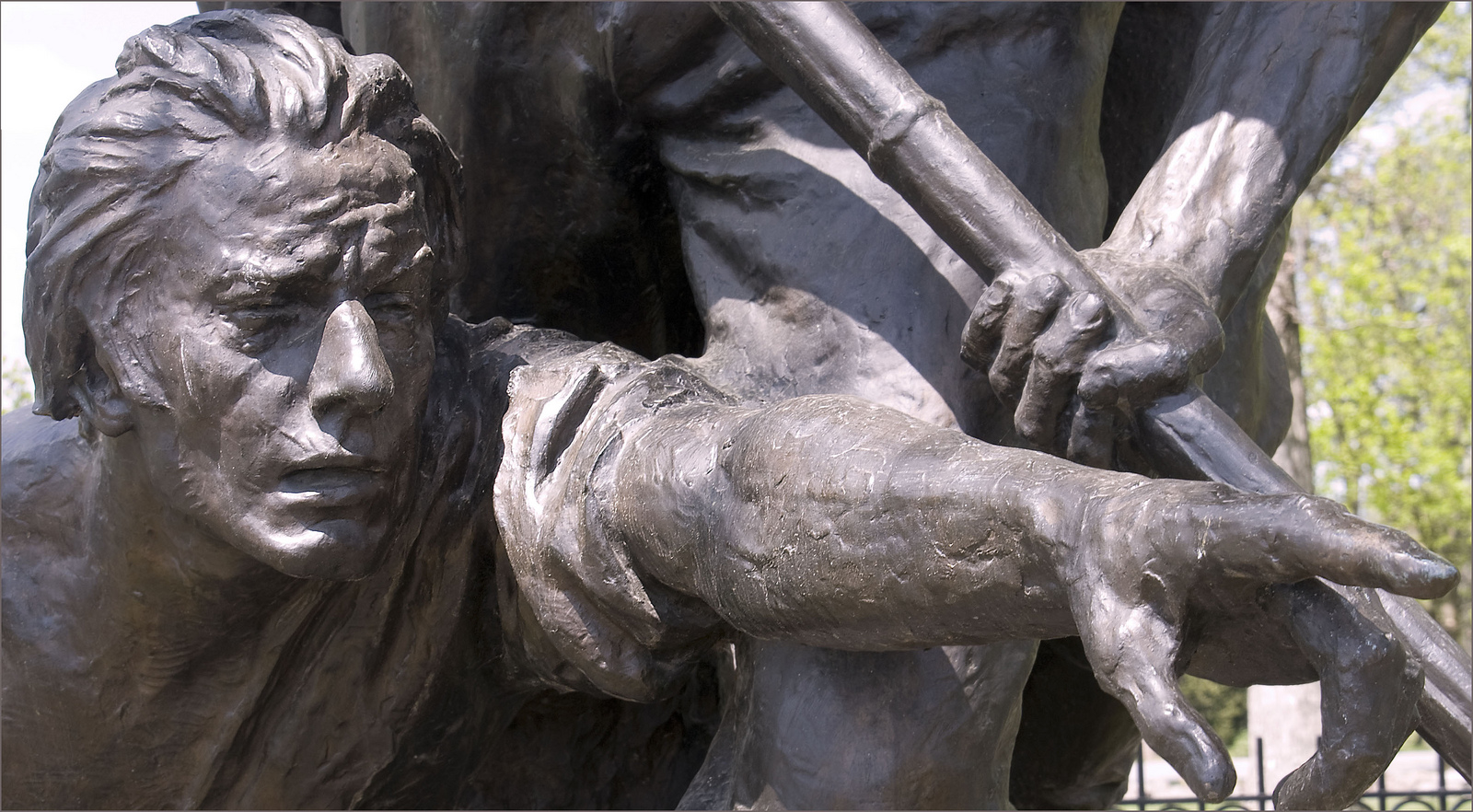
One of the highlights of covering research at Penn State is meeting with some of the nation’s — and, often, the world’s — leading experts in their fields.
It’s a little intimidating, too.
OK. A lot intimidating.
Recently, I had a chance to travel to chat with noted Civil War historian Carol Reardon, Winfree Professor of American History, in Gettysburg. Reardon wrote Pickett’s Charge in History and Memory and is wrapping up her year as visiting professor at the Army War College in Carlisle. We talked about her new book, With a Sword in One Hand and Jomini in the Other, about the strategic challenges that the North faced during the Civil War and how those challenges may have caused the war to be longer and more deadly.
Side note: I took Professor Reardon’s History 454 class on American military history in 2004. I blame some of my problems with carpal tunnel in my right wrist on the final in that class.
Prior to our talk, I had a chance to walk along the edges of Seminary Ridge. As I looked at the four or five mile line that once served as a launching point for the Confederate attack on the Union positions on Cemetery Ridge in 1863, I thought about the tens of thousands of men who fought there and the thousands that died.
And I thought about the millions of tourists, the thousands of historians, and the hundreds of books and movies that make Gettysburg one of the most popular destinations for students, tourists and people like me–amateur historians. And I do stress the word “amateur.”
While each time I go to one of these historic sites, I learn new things, I wondered if someone with Reardon’s experience and knowledge ever really learns anything new about the battle.
It was a question I put to her. She answered succinctly, “All the time.”

In fact, Reardon said that one of the reasons why historians are learning new things about Gettysburg was located a few hundred feet from me on Seminary Ridge. The National Park Service’s battlefield restoration efforts plan included planting the same varieties of trees that were there during the time of the battle.
As you can imagine, in a century and a half, a lot of landscaping and topographical features have changed.
This restoration effort — though not always popular with the townsfolk in Gettysburg — allows visitors and historians a better chance to better understand the battle. The park is cutting down trees that were not planted on the site at the time of the battle and inserting new trees. They are also planting historically correct crops and restoring lanes and roads to that moment in 1863.
The park service’s plan is robust and detailed:
“Small-scale features, such as fences, orchards, open woodlots and buildings, affected the tactical movements of small units and in many cases made the difference between life and death for individual soldiers. These missing, dilapidated or damaged features will be repaired or replaced, so that visitors can clearly understand the cover and concealment available to the soldiers and the obstacles that affected them during combat. For example, for years visitors saw the field of Pickett’s Charge as one large, unbroken field. Now that nine miles of fences have been rebuilt, showing the field of Pickett’s Charge in its historic configuration of 12 small fields, the difficulties and challenges facing those troops can be understood in more depth.”
For Reardon, the payoff was immediate.
She said that in one section of the battle near Culp’s Hill, which served as the anchor for the Union’s right flank, she and other historians were baffled as to why the Confederate troops never pressed their attack. A few hundred more feet and they could have seized a strategic roadway that would have threatened Union supply lines and a line of retreat.
Now, with the new landscaping, the answer was a little more obvious. The road was obscured and the Confederate troops — fighting on new soil — most likely had no idea the vital link was there.
Reardon said there are other examples of this new knowledge cropping up on the battlefield.
History is sometimes scoffed at as old news about dead people. But, as the fields of Gettysburg reveal, history is fertile ground that adds knowledge to our current understanding about people and cultures, conflict and cooperation, all the time.
